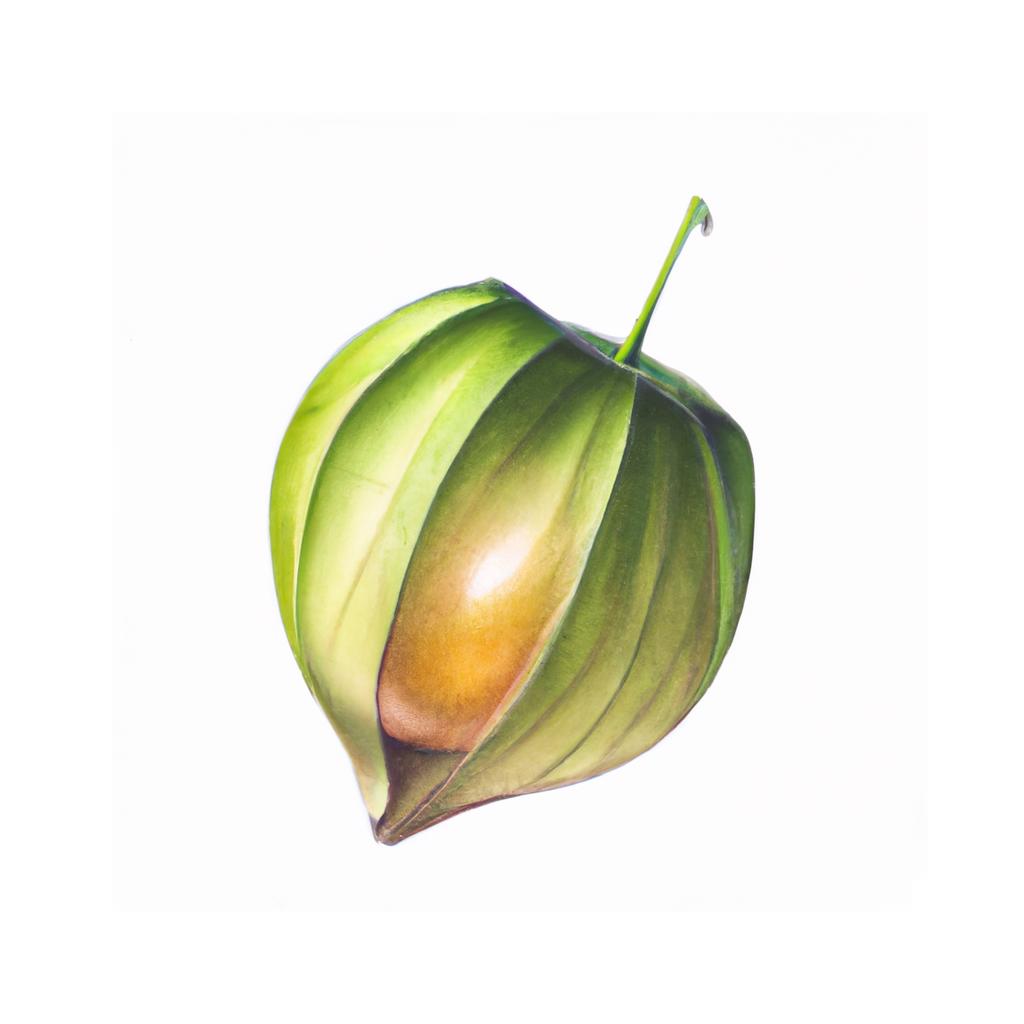
Tomatillos, also known as the Mexican husk tomato, belong to the nightshade family and are native to Mexico and Central America. These small fruits are enclosed in a papery husk, which is removed before consumption. Tomatillos are green when they are ripe, but can also be found in yellow, red, and purple varieties. The taste of tomatillos is described as tangy and slightly acidic, with a texture similar to their more popular relative, the tomato.
Historically, tomatillos have been cultivated since pre-Columbian times, and they have played a prominent role in the cuisine of the Aztecs and other Mesoamerican cultures. Nowadays, they are still highly valued in Mexican and Guatemalan culinary traditions, often used in salsas, sauces, and stews.
One of the most famous dishes that incorporate tomatillos is salsa verde, a zesty green sauce made from roasted or boiled tomatillos, chili peppers, onion, garlic, and cilantro. This sauce pairs perfectly with dishes like enchiladas, chilaquiles, and chicken fajitas. Tomatillos can also be used for making soups, such as pozole verde, where it adds a delightful tanginess to the dish.
When growing tomatillos in your garden, it's important to plant at least two plants for proper pollination, as they are not self-pollinating. They thrive in well-draining soil and full sun, with a moderate amount of water. Typically, it takes about 75 to 100 days from planting to harvest, and the fruits are ready to pick when the husks have filled out completely and the fruit inside feels firm.
This is advice is most applicable to growers in the UK, you may need to adjust the timings if you live somewhere with a different climate and/or seasons.
| Month | Tasks | Advice |
|---|---|---|
| January | sow indoors, | Sow tomatillo seeds indoors in seed trays or small pots filled with seed compost. Maintain a consistent temperature of 18-21°C for optimal germination. |
| February | sow indoors, | Continue sowing tomatillo seeds indoors in seed trays or small pots. Ensure a warm, well-lit location for the seedlings. |
| March | - | - |
| April | harden off, plant out, | Gradually harden off the indoor-grown tomatillo seedlings by exposing them to the outdoors for increasing periods over a week or two. Plant them outdoors after the last frost, ensuring they have a sheltered spot with full sun and well-drained soil. |
| May | plant out, | Plant out any remaining tomatillo seedlings outdoors, as early in the month as possible. Provide supports such as stakes or cages to aid their growth. |
| June | water, stake, | Regularly water the tomatillo plants, keeping the soil consistently moist but not waterlogged. Stake the plants and tie them loosely for support as they grow. |
| July | water, harvest, | Keep watering tomatillo plants regularly, and begin harvesting ripe tomatillos when the husks turn brown and the fruits are firm. |
| August | water, harvest, | Continue watering the tomatillo plants and harvest ripe fruits as needed. Store harvested tomatillos at room temperature for up to a week or refrigerate them for longer storage. |
| September | water, harvest, | As temperatures cool, ensure tomatillo plants still receive adequate water. Harvest the fruits as they ripen and store properly. |
| October | harvest, | Harvest any remaining ripe tomatillos before the first frost. Remove plants from the garden and dispose of them responsibly after harvesting. |
| November | - | - |
| December | - | - |